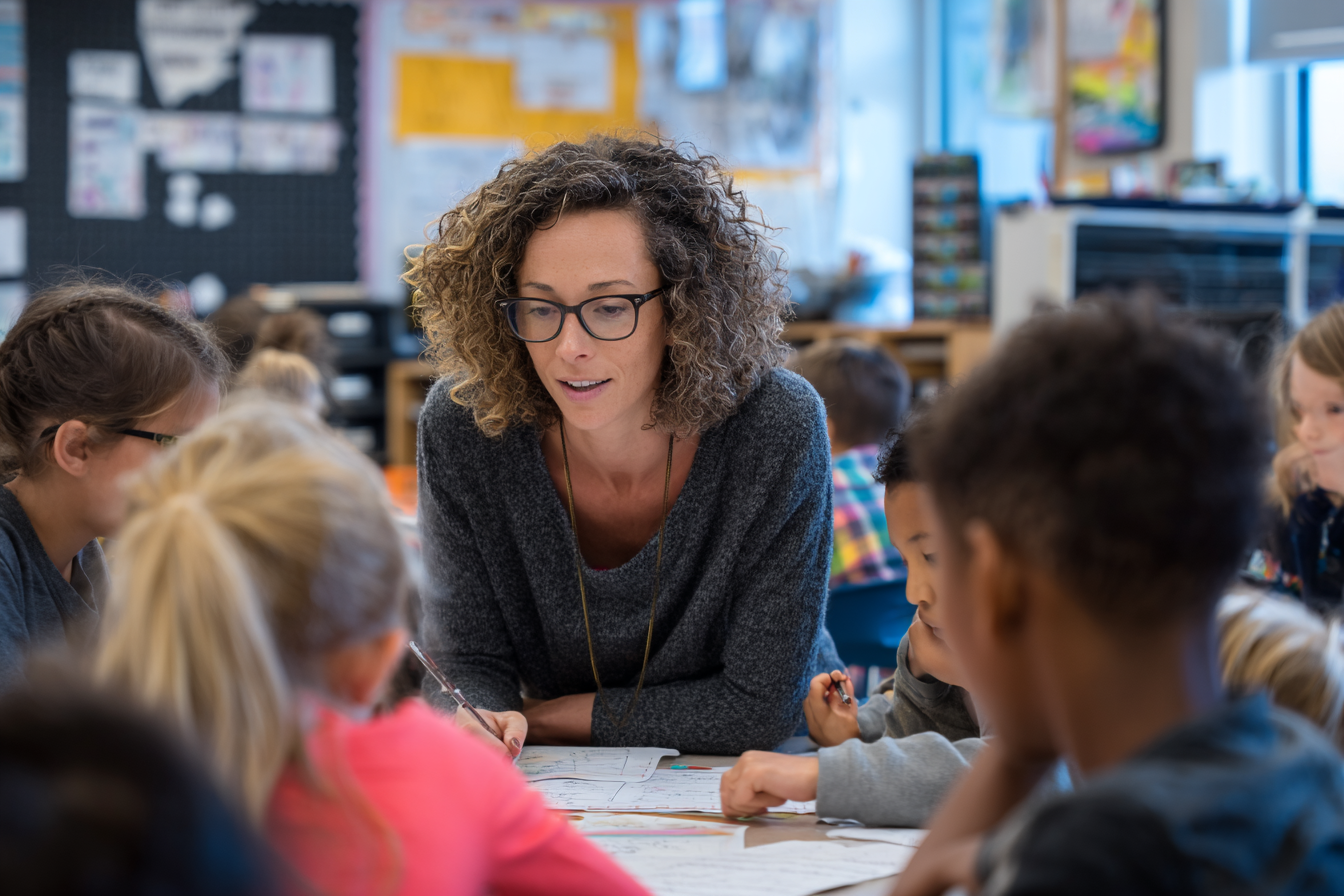Unit Plan 29 (Grade 4 Social Studies): Producers and Consumers
Explore how local and state industries turn natural, human, and capital resources into the goods and services communities rely on, as students identify producers and consumers, trace production flows, and weigh simple benefits and environmental trade-offs.

Focus: Identify local and state industries and explain how goods and services reach communities. Students distinguish producers and consumers, classify goods vs. services, and explore the natural, human, and capital resources that support key industries. They also begin to weigh benefits and costs (including environmental trade-offs) of how resources are used to produce what people need and want.
Grade Level: 4
Subject Area: Social Studies (Economics)
Total Unit Duration: 5 sessions (one week), 45–60 minutes per session
I. Introduction
Students zoom in on the economic life of their state and local community—who makes things, who provides services, and how people get the goods and services they use every day. They learn that producers (workers, businesses, farms, factories, service providers) and consumers (people who buy and use goods and services) are linked through industries and resource use. With state-based examples, students trace how goods and services move from natural, human, and capital resources to stores and households, and consider simple benefits and costs of how those resources are used.
Essential Questions
- Who are the producers and who are the consumers in our local and state economy?
- What is the difference between goods and services, and how do both reach our communities?
- What natural, human, and capital resources do key state industries rely on?
- How do benefits and costs (including environmental trade-offs) shape decisions about how we use resources?
- Why is it important for citizens to understand how industries, producers, and consumers are connected?
II. Objectives and Standards
Learning Objectives — Students will be able to:
- Define and identify producers and consumers in local and state examples (businesses, farms, service providers, households).
- Classify examples of goods (things you can touch) and services (actions people do for others) in the local/state economy.
- Identify natural resources (e.g., land, water, crops, minerals), human resources (workers and skills), and capital resources (machines, buildings, tools) that support at least one key state industry.
- Create a simple industry flow diagram showing how resources are turned into goods or services and how they move from producer to consumer.
- Describe at least one benefit and one cost or trade-off (including environmental impact) of how a major state product or service uses resources.
- Complete a “Producers & Consumers in Our State” Case Study that explains a specific industry, its resources, and how its goods or services reach communities.
Standards Alignment — 4th Grade (C3-based custom)
- 4.C3.Econ.2 — Identify producers/consumers; classify goods/services in local/state economies.
- Example: Sort state businesses into goods vs. services with examples.
- 4.C3.Econ.5 — Identify natural, human, and capital resources that support key state industries; weigh benefits/costs.
- Example: For a major state product, list resources and possible environmental trade-offs.
Success Criteria — Student Language
- I can tell who is a producer and who is a consumer in a local business or industry.
- I can sort examples into goods and services and explain the difference.
- I can name natural, human, and capital resources used by at least one major state industry.
- I can draw or explain how a good or service moves from resources to producer to consumer.
- I can describe at least one benefit and one cost of how an industry uses resources in our state.
- I can create a clear case study of an industry that shows producers, consumers, resources, and benefits/costs.
